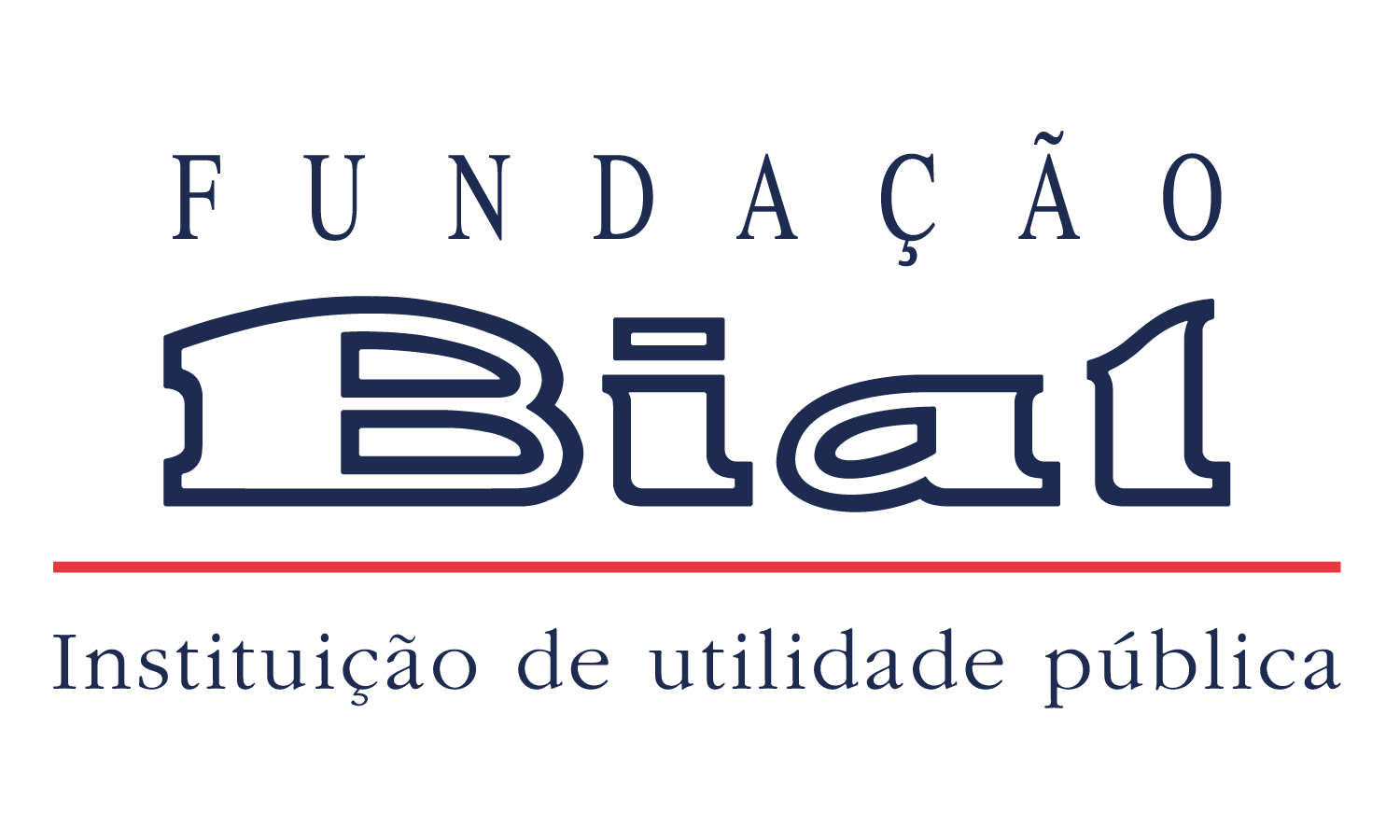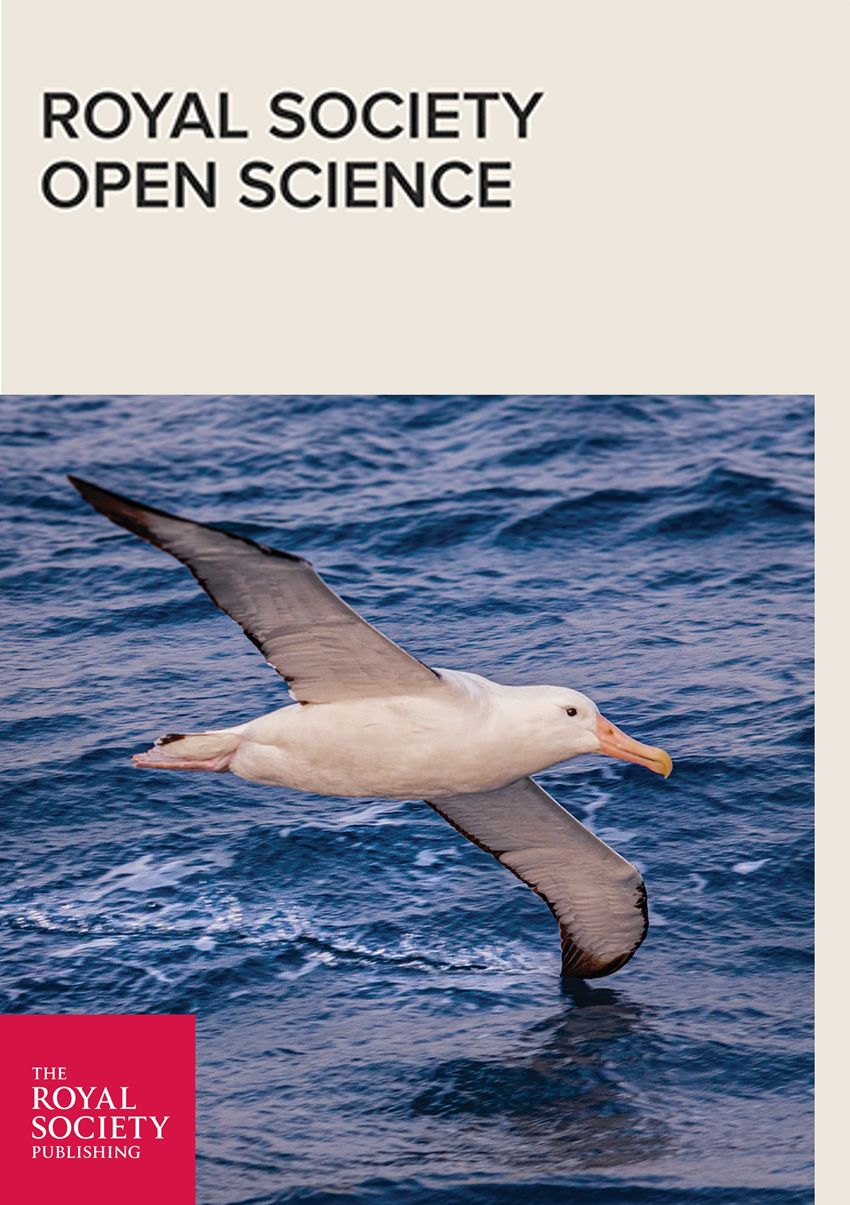O artigo Raising the value of research studies in psychological science by increasing the credibility of research reports: the transparent Psi project foi publicado na revista científica Royal Society Open Science no âmbito do projeto de investigação científica 122/16 - A fully transparent pre-registered replication study of precognitive detection of reinforcement using an expert consensus design, apoiado pela Fundação BIAL. Foi conduzida uma replicação da experiência 1 de Daryl Bem sobre precognição em diversos laboratórios, em que era apresentado aos participantes duas cortinas no visor do computador e eles tinham de adivinhar onde se escondia uma imagem, cuja localização (à esquerda ou à direita) era determinada de forma aleatória pelo computador após a resposta do participante. A recolha de dados decorreu em 10 laboratórios de nove países diferentes, envolvendo 2115 participantes. Os participantes acertaram 49.89% das vezes, com uma probabilidade de acerto de 50%, não replicando os resultados obtidos por Bem, com uma percentagem de sucesso de 53.07%.
ABSTRACT
The low reproducibility rate in social sciences has produced hesitation among researchers in accepting published findings at their face value. Despite the advent of initiatives to increase transparency in research reporting, the field is still lacking tools to verify the credibility of research reports. In the present paper, we describe methodologies that let researchers craft highly credible research and allow their peers to verify this credibility. We demonstrate the application of these methods in a multi-laboratory replication of Bem's Experiment 1 (Bem 2011 J. Pers. Soc. Psychol.100, 407–425. (doi:10.1037/a0021524)) on extrasensory perception (ESP), which was co-designed by a consensus panel including both proponents and opponents of Bem's original hypothesis. In the study we applied direct data deposition in combination with born-open data and real-time research reports to extend transparency to protocol delivery and data collection. We also used piloting, checklists, laboratory logs and video-documented trial sessions to ascertain as-intended protocol delivery, and external research auditors to monitor research integrity. We found 49.89% successful guesses, while Bem reported 53.07% success rate, with the chance level being 50%. Thus, Bem's findings were not replicated in our study. In the paper, we discuss the implementation, feasibility and perceived usefulness of the credibility-enhancing methodologies used throughout the project.

































































































